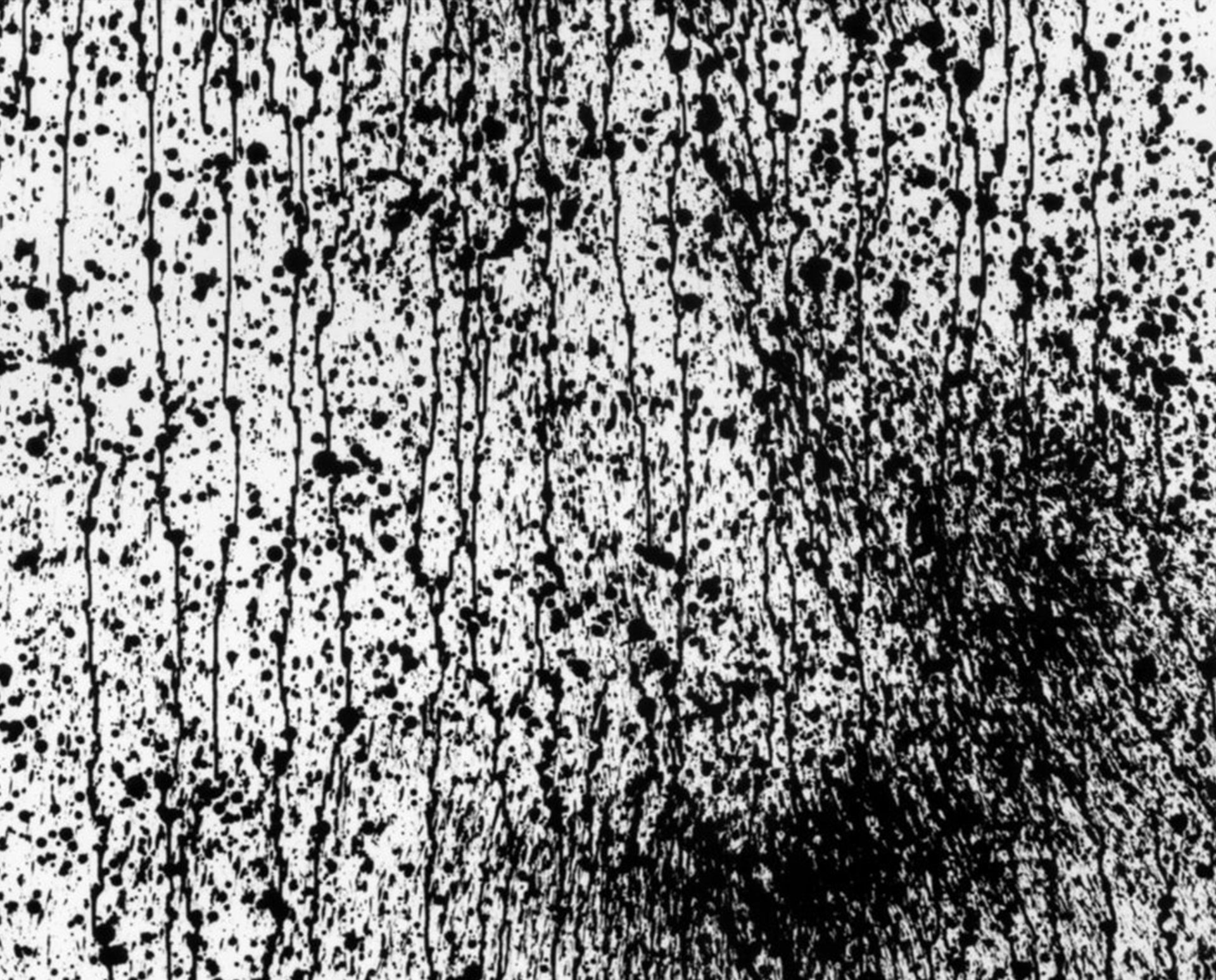Director: Youssef Chahine
Cast: Youssra, Youssef Chahine , Hussein Fahmy
Egypt, France, 105’, 1989, color
Arabic with Turkish subtitles
Set in 1987 against the backdrop of a hunger strike by the Egyptian film industry, Chahine himself steps in to play Yehia, the famed Egyptian director whose life is chronicled in Alexandria, Why? and An Egyptian Story. Obsessed with Amr, the handsome actor he discovered and cast as his alter-ego in parts one and two of The Alexandria Trilogy, Yehia pressures Amr to star in various film projects that change even as Yehia's perception of the young actor begins to change. He first casts Amr as Hamlet, which the actor deems too demanding for his talents, then as the lead in a musical biopic of demigod Alexander the Great, who founded the city of Alexandria in 332 B.C. As these projects fall through, Yehia becomes fascinated by Nadia, an outspoken actress and leader of the hunger strike. As Yehia's affections shift toward Nadia, he envisions her as Cleopatra, the famous Egyptian queen. Chahine expertly mixes biography with fantasy and fiction—along with whimsical dashes of fast-motion action, animation, and several dynamic musical numbers—to create a moving tribute to Egypt, to the art of cinema, and to his own enduring career.

Three people sleeping side by side. On the uncomfortable seats of the stuffy airplane in the air. Three friends. I’m the friend in the window seat. The other two are a couple, Emre and Melisa. I’m alone, they are together. And another difference. I’ve only closed my eyes. They are asleep.
Tuesday - Saturday 10:00 - 19:00
Friday 10:00 - 22:00
Sunday 12:00 - 18:00
The museum is closed on Mondays.
On Wednesdays, the students can
visit the museum free of admission.
Full ticket: 300 TL
Discounted: 150 TL
Groups: 200 TL (minimum 10 people)